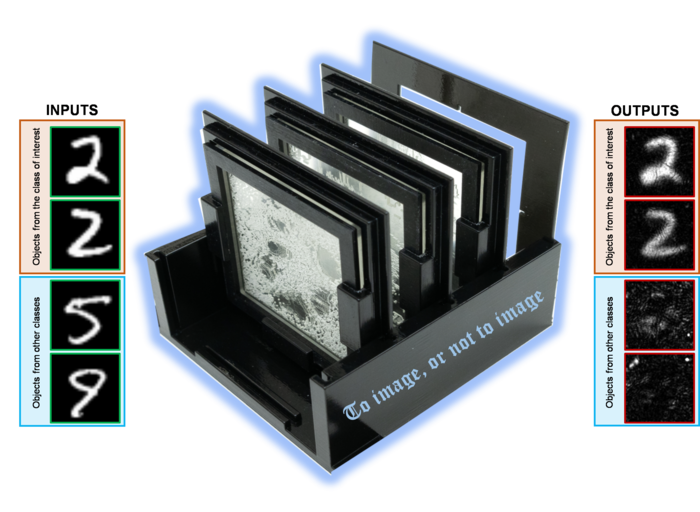
Online identification and authentication keeps transactions secure on the Internet, however this has also implications for your privacy.
Disclosing more personal information than needed online when, say, you log in to your bank website may simplify the bank’s security at the cost of your privacy. Now, thanks to research by the EU-funded project Attribute-based Credentials for Trust ABC4Trust , there is a new approach that keeps systems secure and protects your identity.
For example, at Norrtullskolan secondary school in Söderhamn, Sweden, pupils can access counselling services online. However, until recently the pupils couldn’t access these services using a pseudonym – they had to identify themselves by name so the school could check whether they were allowed to use them.
But in the ABC4Trust pilot scheme, each child is issued with a ‘deck’ of digital certificates that validate information like their enrolment status, their date of birth and so on. This allows the school pupils to enjoy both privacy and security. Instead of having to reveal their whole identity when using the counselling service they can simply use one of the certificates in their deck that pseudonymously verifies they are enrolled at the school.
Read more . . .
The Latest on: Online identification and authentication
[google_news title=”” keyword=”Online identification and authentication” num_posts=”10″ blurb_length=”0″ show_thumb=”left”]
via Google News
The Latest on: Online identification and authentication
- Best Online Banks of May 2024on May 1, 2024 at 11:34 am
Explore the best online banks of May 2024 with superior features, enhanced security, and great customer service. Find the best fit for your financial needs.
- Americans’ comfort using biometrics in place of passwords, legacy ID verification growson May 1, 2024 at 8:25 am
Most agree that they would use biometrics to verify their identity for banking and government services on how their data is used and stored.
- Bitwarden Launches Standalone Authenticator App, Empowering All Users with Time-Based One Time Passwords for Two-Factor Authenticationon May 1, 2024 at 7:47 am
Bitwarden, the credential management leader, today launched a standalone app for two-factor authentication (2FA) to protect online services and applications from unauthorized access. Bitwarden ...
- Ask Kurt: How to avoid phishing scams and protect your iPhoneon May 1, 2024 at 7:00 am
Increased vigilance and proactive steps are essential to protect personal data and your iPhone from escalating phishing scams.
- 700Credit rolls out driver’s license authentication integration with the iTapMenuon April 29, 2024 at 8:21 am
Credit — a provider of credit reports, compliance solutions, soft pull, identity verification and fraud detection platforms — announced an integration with iTapMenu, an F&I menu platform that offers e ...
- WhatsApp Unveils New Passkeys Authentication Feature For Safer Sign-Ins On iOSon April 25, 2024 at 5:55 am
WhatsApp introduces new passkey authentication feature for iOS users, offering enhanced security and convenience.
- ID Verification Is Rising as Social Media’s Next Big Issueon April 25, 2024 at 1:31 am
K&L Gates’ Bruce Heiman assesses identity verification on social media platforms, examining California legislation that would require more authentication.
- The rise of passwordless authentication for enhanced securityon April 24, 2024 at 7:19 am
To combat cybersecurity threats such as phishing, malware, and social engineering, passwordless technologies have emerged as promising alternatives.
- FG’s three new national ID cardson April 21, 2024 at 10:31 pm
THE Federal Government is planning to launch three new national identity cards in May. The target, it says, is to provide for ...
- How to reset an Apple ID if you forgot the passwordon April 18, 2024 at 9:24 am
Follow these tips if you have forgotten the password for your Apple ID and need to reset it or recover it. Here's how to find your Apple ID or reset it.
via Bing News










